Starting in March, Americans found themselves spending an unprecedented amount of time at home. Naturally, they began wanting to seriously upgrade their living space and bring the great outdoors inside. For many, that meant getting lots and lots of plants.
If you’ve looked on Instagram lately, there’s a good chance you’ve seen at least one of your friends’ apartments turn into a lush, gorgeous garden. As of writing, there are a whopping 33 million posts simply hashtagged #plants that show an array of rich green and yellow houseplants basking in the sun on windowsills and bookcases.
“People realized that it was a really nice hobby in terms of calming you and grounding you and having something to distract you,” says rare plant collector Alessia Resta (@apartmentbotanist). “I always say I ‘get’ to spend time with my plants, not that I ‘have to’ spend time with them.”
So now that you may find yourself with a growing collection of plants in your home or outdoor space, what to do about them? Especially if you’ve been told to come back into work for the first time since winter, how can you keep your beloved plants thriving?
We spoke to plant experts who have been collecting long before the Covid-19 pandemic to help you turn your new hobby into a sustainable lifestyle. And if you’re ready to lean even further into your newfound pastime, we’ve got some tips for you as well.
Bolstering your basics
Watering
To ensure plant success, it’s important to make sure you’re giving your plants enough water. However, according to Agatha Isabel (@plant.ma), the most common mistake for new plant parents is not neglect but overwatering.
“Overwatering is the No. 1 killer,” says Isabel. “When people want to get into plants, they’re overthinking the watering and they end up drowning the plants accidentally. When people first get into plants, they doubt themselves. An easy plant might not need to be watered once a week.”
Thankfully, there are a number of tools you can use to make sure your plant is getting just the right amount of water.
Brajttt Plant Watering Globes ($13.99; amazon.com)
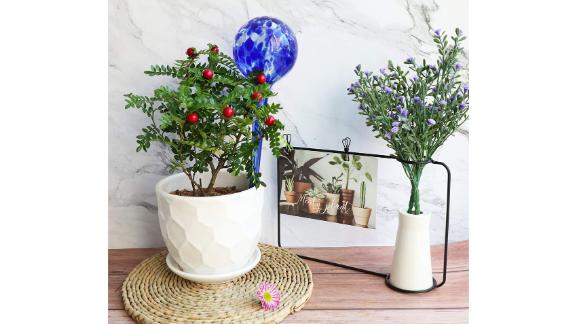
This set of two watering bulbs is decorative and works well on indoor and outdoor plants while providing a pop of color.
MorTime 6-Pack Terracotta Plant Watering Devices ($19.99; amazon.com)
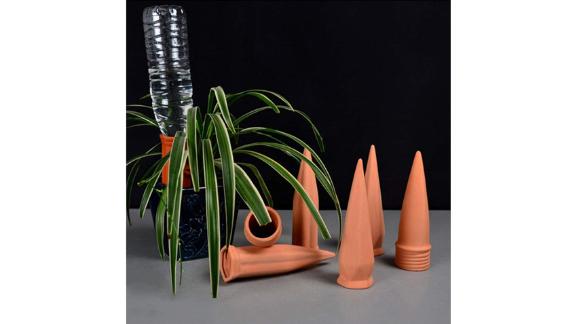
These self-watering devices allow you to attach your own water source, like a water bottle or even a wine bottle, depending on how long you need your plants to stay moist.
Blumat 6-Pack Classic Automatic Plant Watering Stakes ($26.95; amazon.com)
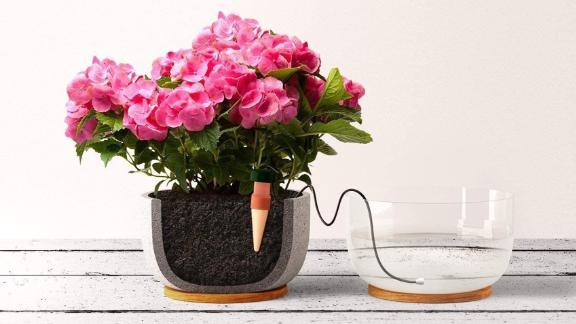
For longer periods away from home, these spikes are perfect, as you use as large of a container as necessary depending on the duration of your trip.
Post-it Flags Assorted Color Combo Pack ($10.62, originally $14.99; amazon.com)
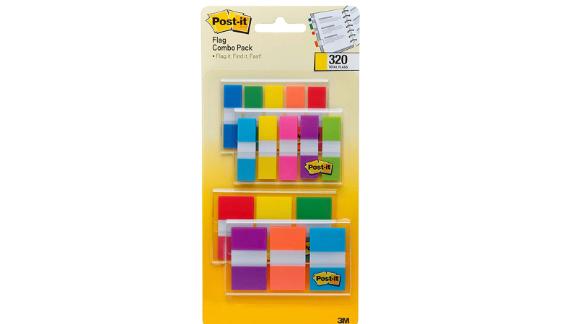
Many plant owners also arrange plants with common watering schedules together, or mark pots with these Post-Its to help keep track of which plants are thirstiest and which prefer to have dryer soil, which will definitely be essential if you’re going back to work.
“Everybody has been home with the plants,” says plant collector Kamili Bell Hill (@plantblerd). “They can pay very close attention to the watering needs and when it needs to be watered. The No. 1 thing they need to get a hold of is that their watering schedule is going to change now that they are out of the house.”
Potting
However, it isn’t the watering schedule but rather your pots that have the biggest impact on success and can be a make-or-break factor.
“I keep all my plants in terracotta pots, which are easy [and] affordable, and everything looks nice,” says Resta. “They’re great in terms of aeration, and if you have a heavy hand with watering, they’re going to help you not kill your plants.”
Many plant owners also love the aesthetic of a beautiful planter. Watch out, though — many more ornate pots lack drainage holes, leading to root rot and overwatering. “My biggest, hardest no-no is using a pot with no drainage,” says Bell Hill. “Everyone wants the pretty pot, but you need to let the water come out. It’s not negotiable.”
Of course, the type of plant matters as well. More low-maintenance options include the prickly pear cactus, hedgehog aloe, sansevieria moonshine, ponytail palm and money tree.
Below are some great pots for all styles, all of which have appropriate drainage to keep your home looking beautiful and your plants healthy and hydrated.
Nilos 12-Pack Terracotta Pots With Saucer ($20.99; amazon.com)
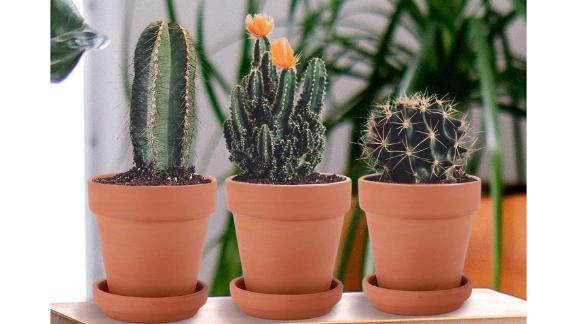
This set of pots also includes tools.
Winlyn 6-Pack 5” Terracotta Shallow Succulent Pot With Saucer ($26.99; amazon.com)
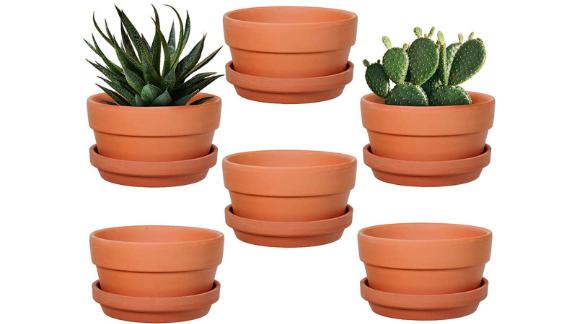
Best for succulents and cacti.
Youngever 8-Pack 5.5” Plastic Planters ($19.95; etsy.com)
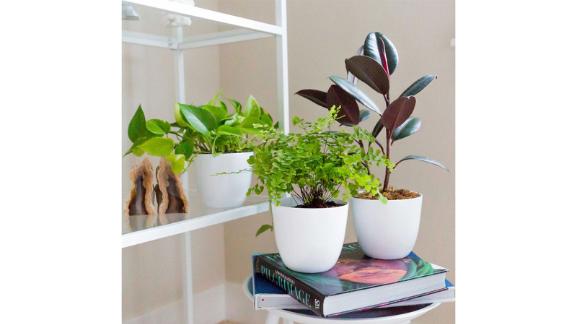
For a nice clean look. Comes in sets of eight.
KimistyDesigns Set of 2 Ceramic Flower Pots ($48, originally $60; etsy.com)
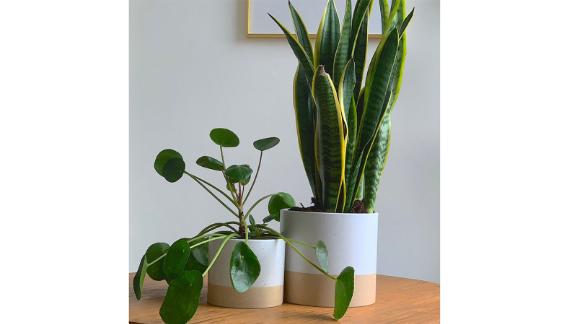
A planter and a design piece.
CaseyArtsAndCrafts Modern Marble Planter (starting at $41.82, originally starting at $52.28; etsy.com)
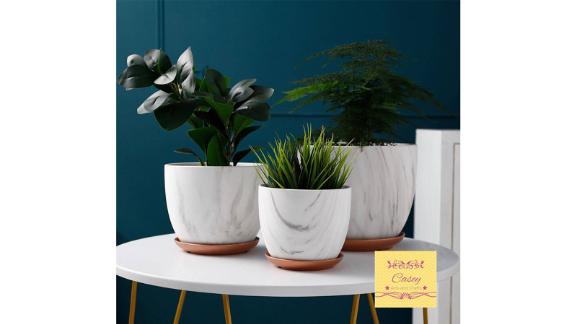
Available in three sizes.
MySaratogaStyle Large Midcentury Planter ($112; etsy.com)
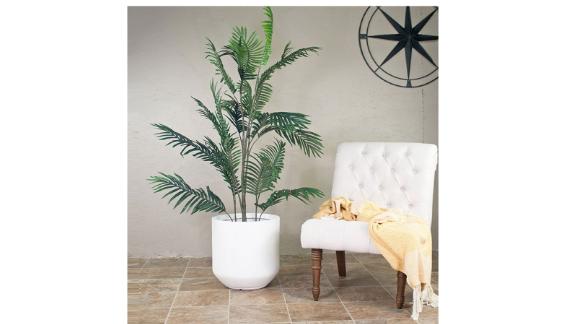
For larger plants.
D’vine Dev Set of 2 Geometric Seamless Design Terracotta Planter Pot ($29.99; amazon.com)

This bold geometric design is a great accent piece.
And just to double-check yourself and make sure your plants aren’t too dry — or drowning — you can take a reading of your soil with these moisture meters.
Gouevn Soil Moisture Meter ($12.97, originally $18.99; amazon.com)
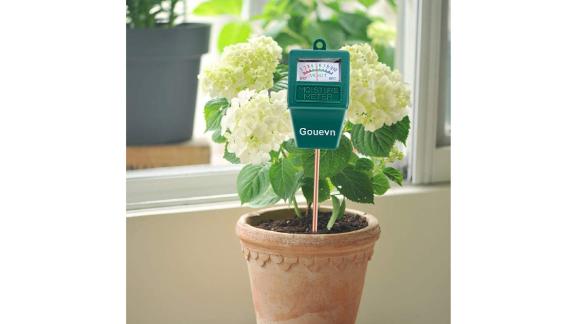
This is a simple and effective tool that will let you know how moist the soil near your plant’s roots is.
Atree Soil pH Meter ($12.73, originally $16.99; amazon.com)
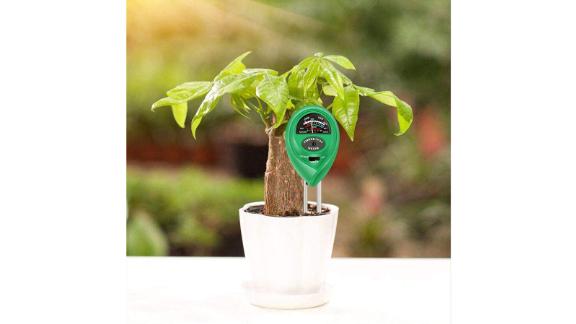
This meter will also test for moisture, light and pH levels.
Leveling up your collection
Once you’ve mastered the lighting in your living space (direct, indirect, shade), the next step is to understand how humidity and temperature impacts your plants, especially as the seasons change.
“The biggest thing I’ve had to do is change my humidity in my apartment and be able to provide a lot of moisture, so I’ve got a few humidifiers,” says Resta. “In general, my little pro tip is that I try to keep my apartment at a cooler temperature throughout the entire year so my plants aren’t shocked in the winter. That’s a common problem.”
In regions that experience all seasons, October until April is typically dormant season, where plants don’t grow very much. May through October is when many plants start to grow and blossom. However, if plants are used to being in cooler temperatures, they might get shocked when the temperature heats up (and vice versa), especially if that change isn’t something the plant would deal with in its natural habitat.
For higher-maintenance plants, like the fiddle leaf fig, a great way to regulate temperatures in apartments is through humidifiers. Here are our picks to keep your plants cozy year-round.
Levoit Humidifier for Large Rooms ($89.99; amazon.com)
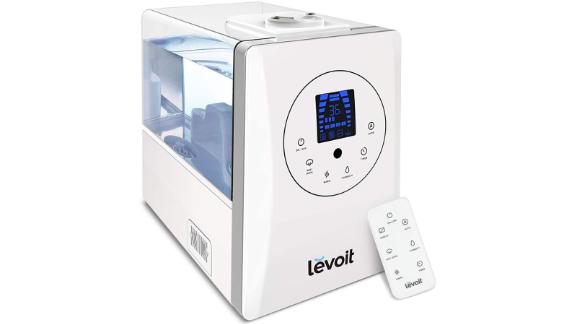
This 6-liter tank is perfect for larger rooms and has options for both cool and warm mist.
Honeywell Filter-Free Warm Moisture Humidifier ($33.02, originally $34.99; amazon.com)
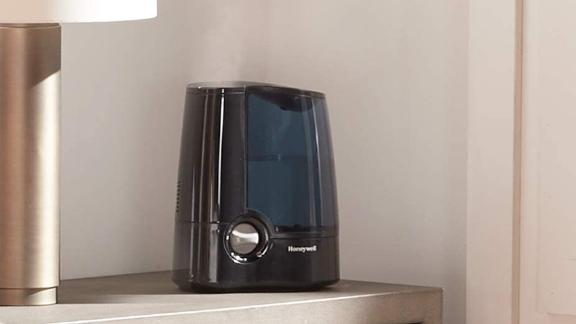
This smaller, ultra quiet and filter-free humidifier produces a soothing, visible warm mist to make you and your home more comfortable. It helps counteract the effects of dry, harsh winter air by adding essential moisture to any medium-size room.
Pure Enrichment MistAire Ultrasonic Cool Mist Humidifier ($39.99; amazon.com)
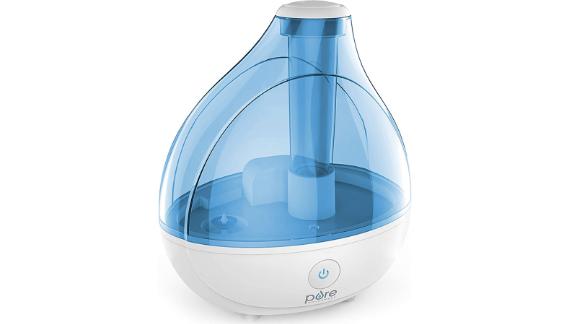
Runs for up to 16 hours on one tank, with an automatic shutoff for when the tank runs empty.
ThermoPro Digital Hygrometer Indoor Thermometer ($10.99; amazon.com)
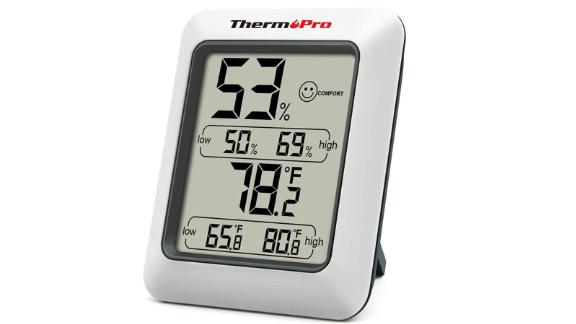
Keep tabs on the humidity and temperature in your living space.
GrowAway Small Reusable Plastic Mini Greenhouses ($21.95, originally $23.95; amazon.com)
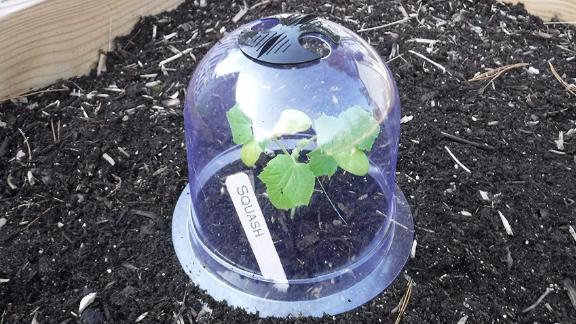
Another option to insulate plants that might be more tropical and thus potentially higher maintenance is to place your plants in glass cases to trap some of the heat and moisture that already exists.
These mini greenhouses will trap existing humidity and still allow water and oxygen to get to the roots of your plant.
Mixc Seedling Starter Tray ($24.99; amazon.com)
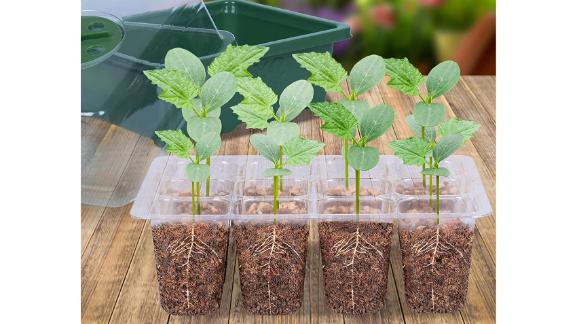
Adjustable vents allow for you to further regulate temperature and humidity.
The Smart Garden 9 ($199.95; amazon.com, clickandgrow.com)
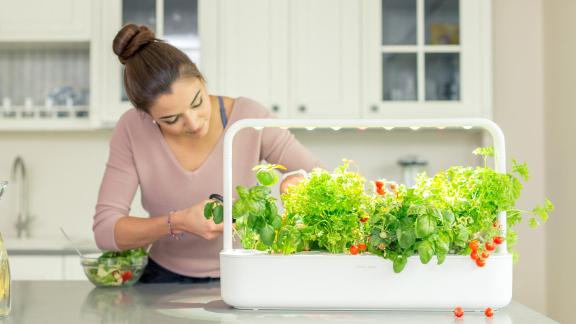
Available in three colors, this will also automatically water your sprouts.
Rozway Grow Lamp ($23.95; amazon.com)
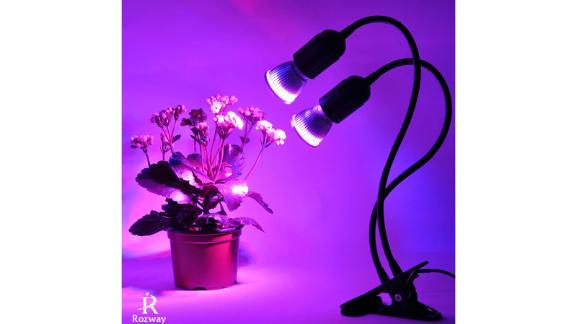
This affordable grow light can migrate around your living space and be attached to a table or desk with a clip.
LED Grow Light Bulb ($29.95; amazon.com)
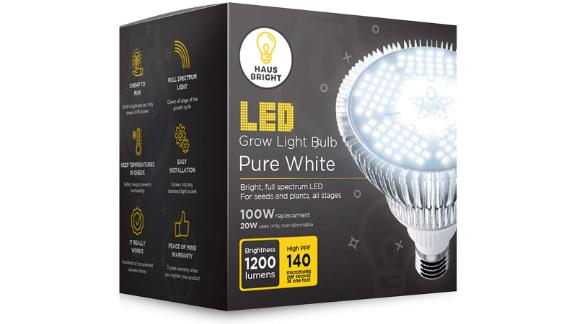
Suitable for a wide variety of plants and able to move around your home with ease.
Note: The prices above reflect the retailers’ listed prices at the time of publication.
"now" - Google News
July 28, 2020 at 05:40AM
https://ift.tt/39yvx5B
So quarantine made you a plant parent — now what? - CNN
"now" - Google News
https://ift.tt/35sfxPY
Bagikan Berita Ini
















0 Response to "So quarantine made you a plant parent — now what? - CNN"
Post a Comment